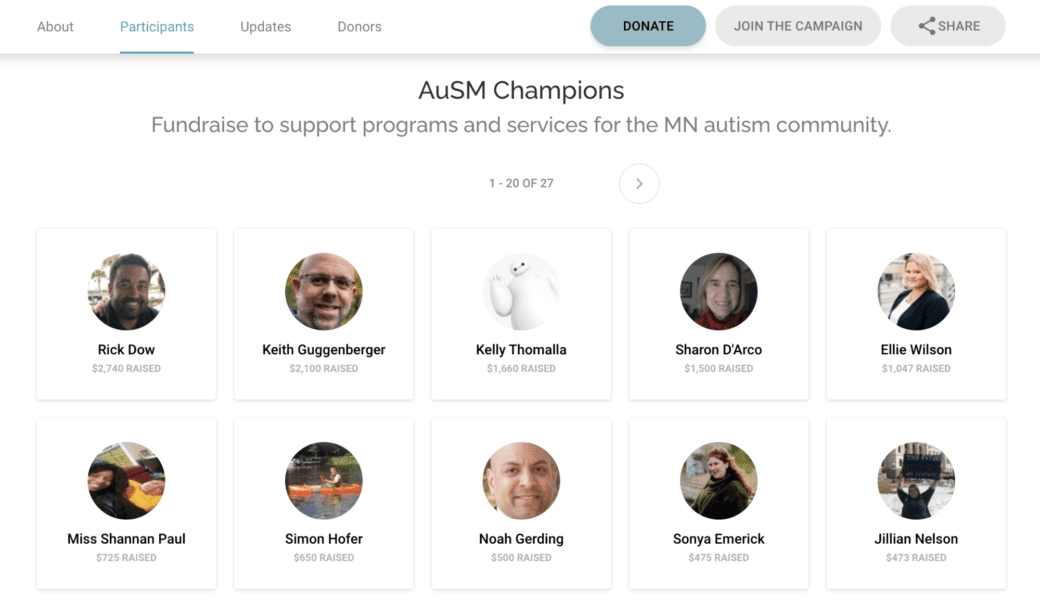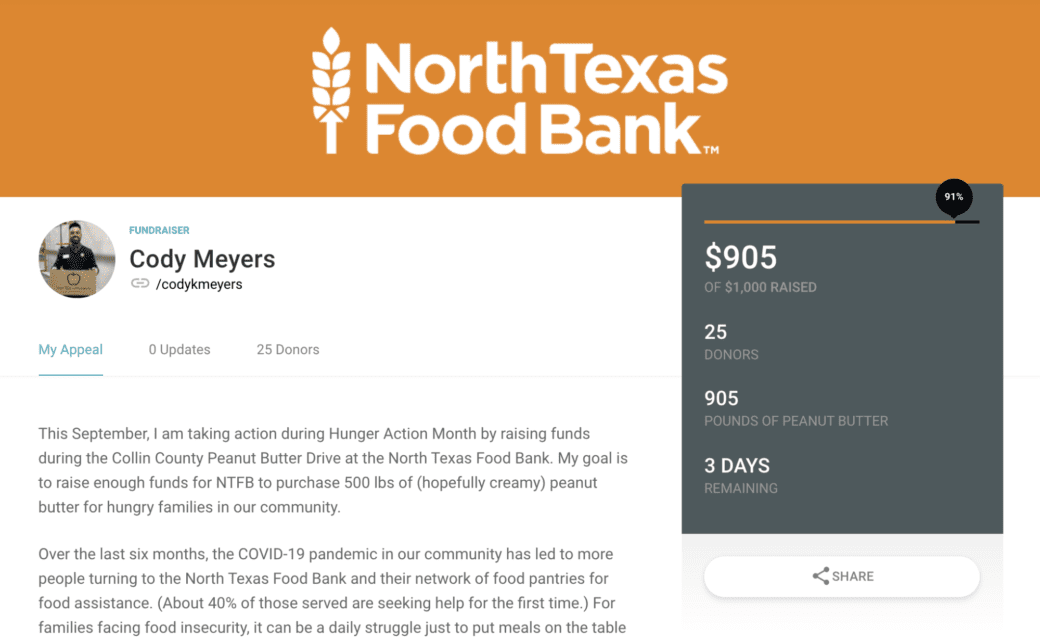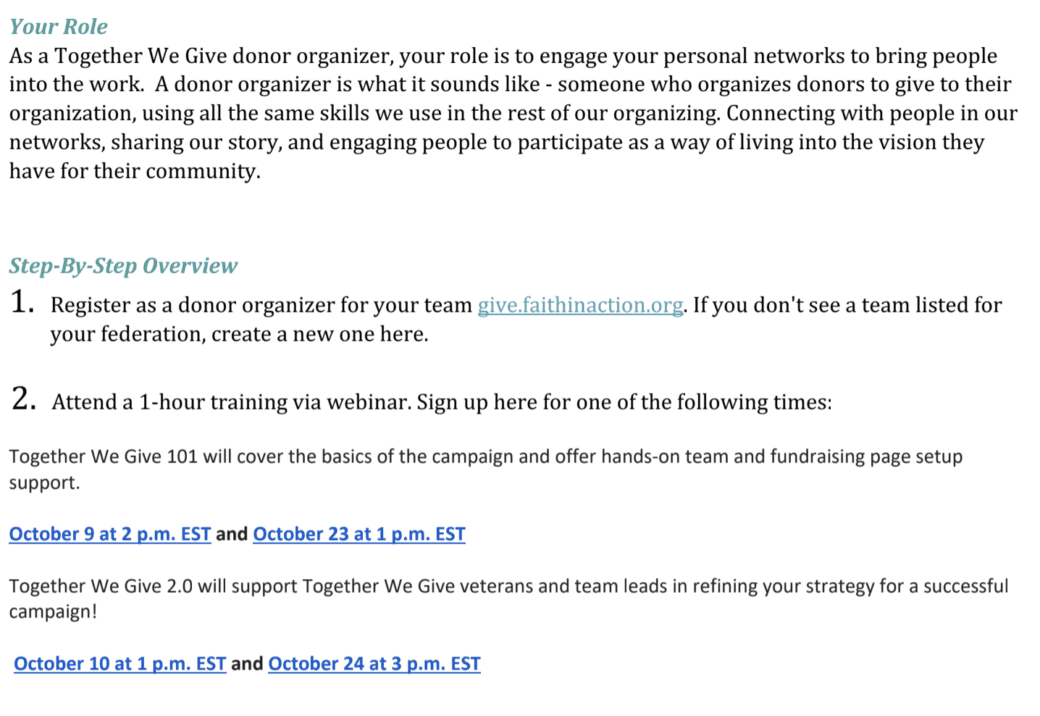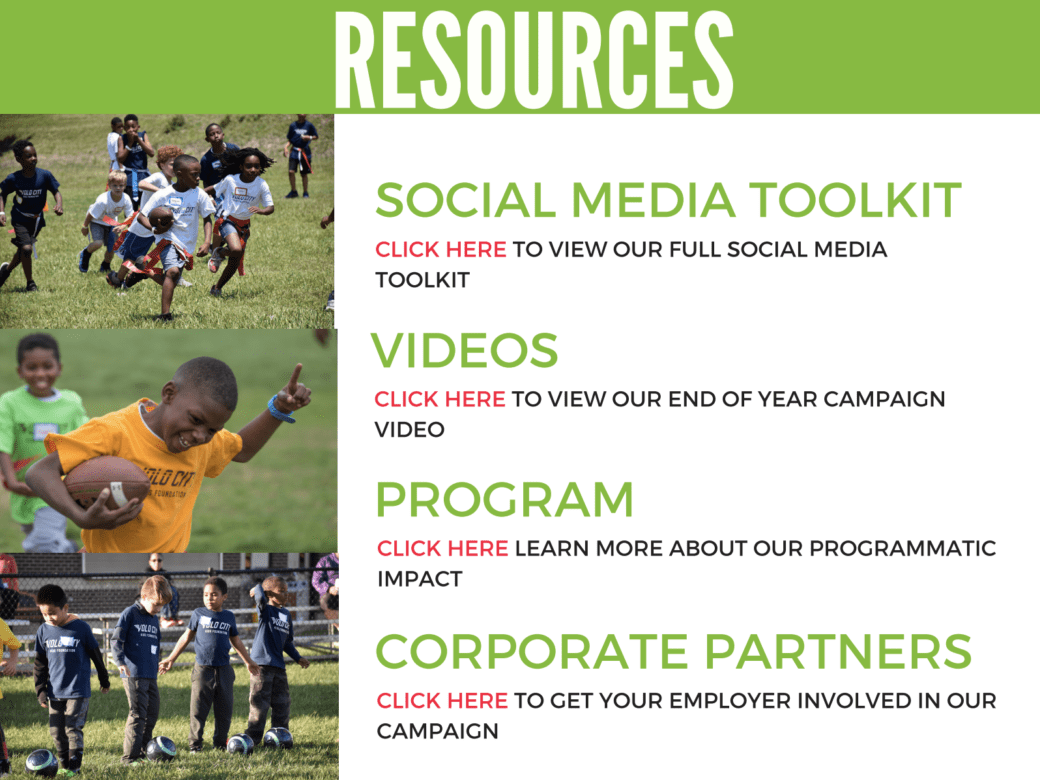The past year has been a challenging one for volunteer coordinators.
Social distancing takes many typical volunteer opportunities out of the equation, which leaves you wondering how you keep your volunteers engaged.
Our answer? Volunteer peer-to-peer fundraising. Peer-to-peer fundraising is any fundraising effort that relies on peers reaching out to each other on behalf of a cause.
You’re probably familiar with some classic examples of peer-to-peer fundraising: things like walkathons and races, or birthday campaigns. But you can incorporate peer-to-peer fundraising in almost any campaign, from year-end to giving days.
If you’ve never asked your volunteers to become fundraisers, you’re missing a huge untapped market, and losing out on a chance to build your relationship with volunteers.
Let’s dive into how you can best leverage your volunteers for peer-to-peer fundraising so they can raise more on your behalf.
Why Volunteers Make Great Peer-to-Peer Fundraisers
Volunteers are an amazing group when it comes to peer-to-peer fundraising. Here’s why:
- They’re already committed to your cause and have decided to spend their time to further your mission.
- They may have good knowledge of your programs and services if their volunteer work is part of those programs.
- Their passion for your mission will show through in their outreach, which makes them a powerful social proof for potential donors.
In addition, if you’re struggling for ways to engage your volunteers during Covid, this is a wonderful option. Raising money to support your cause can be done on their own schedules, within their own networks, while still connecting to your organization.
Raising money can also offer volunteers a very tangible way to see the impact of their help. It is naturally socially distanced. And it’s a low barrier to entry: anyone can do it. Your volunteers are a natural group to tap for a peer-to-peer fundraiser.

You may be looking for ideas to get a peer-to-peer campaign started. Never fear; there are so many virtual fundraising options that it’s hard to narrow them down. Spend some time perusing these 23 top virtual fundraising ideas and pick your favorite.
Leveraging Your Volunteers For Peer-to-Peer Fundraising
As an organization, you’ve already recruited your volunteers, but now you’ll want to get them to take the next step to become advocates and fundraise for you.
The biggest thing you can do is to make it wildly easy for them to get involved. The software that you choose for running your peer-to-peer fundraiser should be easy to set up and easy to use. If your fundraisers can set up their page in a couple minutes or less, they’re much more likely to complete the process. When you’re selecting your software, keep in mind the ease of use.
Now you want to communicate with your volunteers. There are a couple strategies to use here:
- Communicate why they should fundraiser effectively. First, share with your volunteers how fundraising will benefit them. Your volunteers give their time to you because they care: it makes them feel good to support your organization. Maybe they have friends or a community there. Connect fundraising to those same values. They’ll be able to make an even bigger difference by acting as a peer-to-peer fundraiser.

North Texas Food Bank asked volunteers to host their own virtual food banks and raise money.
The result was amazing: volunteers were excited to have a way to give back.

- Take a personalized approach. One great option for recruiting volunteers as fundraisers is to ask staff members or prior personal fundraisers (if you have any) to act as mentors. These mentors can share tips and tricks on a blog or social media account, as well as help create a fundraising toolkit (more about that in a minute).
But the best way to leverage these mentors to turn your volunteers into expert peer-to-peer fundraisers is to reach out personally and talk to them. Answer any questions the volunteers might have, share with them dos and don’ts, and help them get started. That mentor can also check in on volunteers throughout the process to help them along.
- Set expectations. Finally, it’s good to show your potential fundraisers what they can expect. Explain the level of commitment (which doesn’t have to be a lot) and share what kind of guidance and support your team will provide. You don’t have to give them every single detail, but a brief outline will help them feel comfortable and confident that you’ll be there every step of the way.
For example, Faith in Action included a ‘Your Role’ section in their communications to their peer-to-peer fundraisers to set expectations, and hosted a webinar training to help them get set up and share fundraising best practices.

Turn Your Volunteers Into Expert Peer-to-Peer Fundraisers
Once you’ve got your volunteers on your side, you want to give them as many resources as possible to help them become expert peer-to-peer fundraisers. Not everyone has experience in fundraising, but you do! Your job is to share that experience with them. Here are the steps to take to support your fundraisers:
- Create a toolkit. A peer-to-peer fundraiser toolkit is ideal to bring every personal fundraiser up to speed. Most toolkits include the expectations , information on setting up a personal fundraising website, suggested goals, sample messages, information on incentives, and more.

- Have a point of contact. Have one person be the main point of contact for all your fundraisers. Have that staff member’s contact info in the toolkit and make them easy to access so that your fundraisers know who to reach out to with problems or questions. This streamlines the communications and gives personal fundraisers a safety net.
- Share additional resources regularly. As a best practice, send out a weekly email while you’re running a peer-to-peer campaign to share campaign updates, celebrate wins, and keep them on track with promotional tips. If you find blog posts, information, or other sources of information to help them promote their partners, don’t keep them to yourself! Pass the information you learn along to your fundraisers.
- Make them feel like part of a community. Ideally you want to check in on your fundraisers a number of times during the fundraising period, whether through an email series, phone calls, or social media. This helps them to know that they’re valued, that you’re on their side, and that any issues that arise can be solved.
It can also be great to give fundraisers a chance to connect with each other. A Facebook group for your fundraisers, or a Zoom meet up are great opportunities for your volunteers to talk to each other, share tips, and build competition.
With these four steps, you can leverage your volunteers for peer-to-peer fundraising and empower them to effectively raise more for your cause.
CauseVox Helps You Raise More With Peer to Peer Fundraising
CauseVox is here to help you streamline and tidy up your online fundraising, making it more effective and less of a headache. No clunky software, endless contracts, or needless complexity.
With CauseVox, peer to peer fundraising is less complex for you and your fundraisers alike, helping you raise more with less effort.
Learn more about how CauseVox can help you raise 2x as much with peer to peer fundraising.
Editor's Picks
Ultimate Guide To Peer-to-Peer Fundraising
Customer Story: Spur Local Raises Over $1M With Their Give Local Campaign
Fundraising Strategies for Nonprofits: Craft the Best Approach for Your Organization
Create a Killer Fundraising Plan - Best Practices, Strategies, & Downloadable Template



